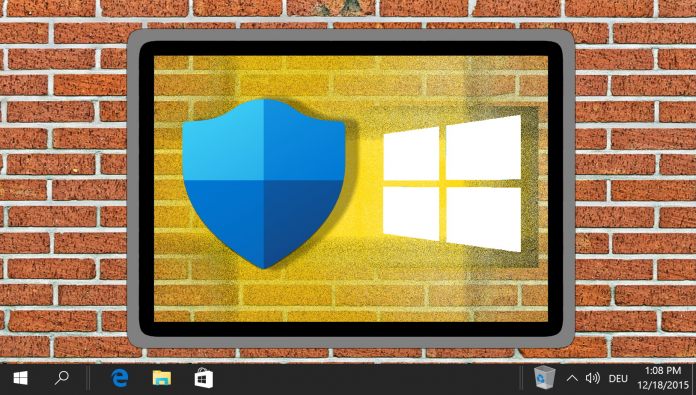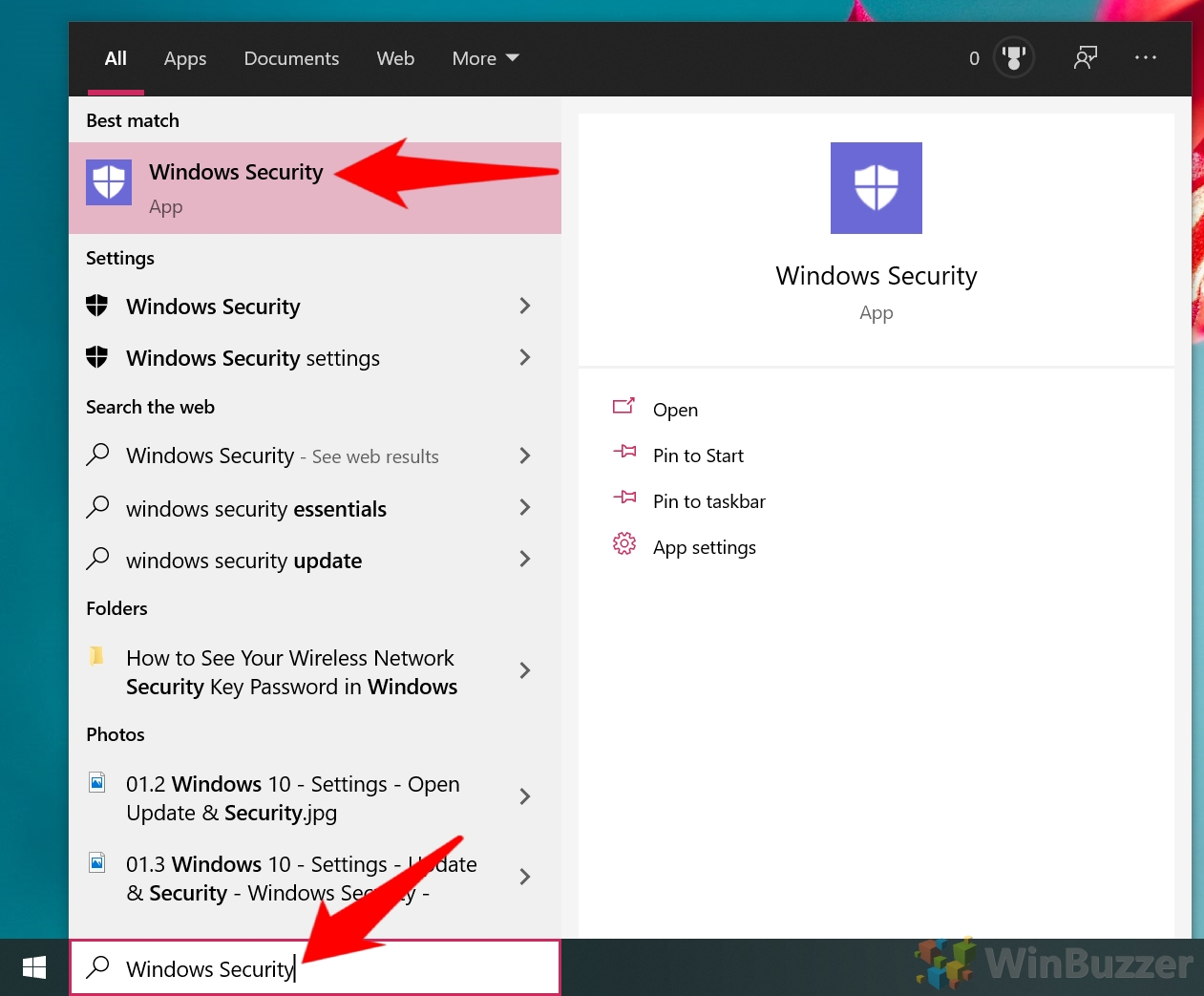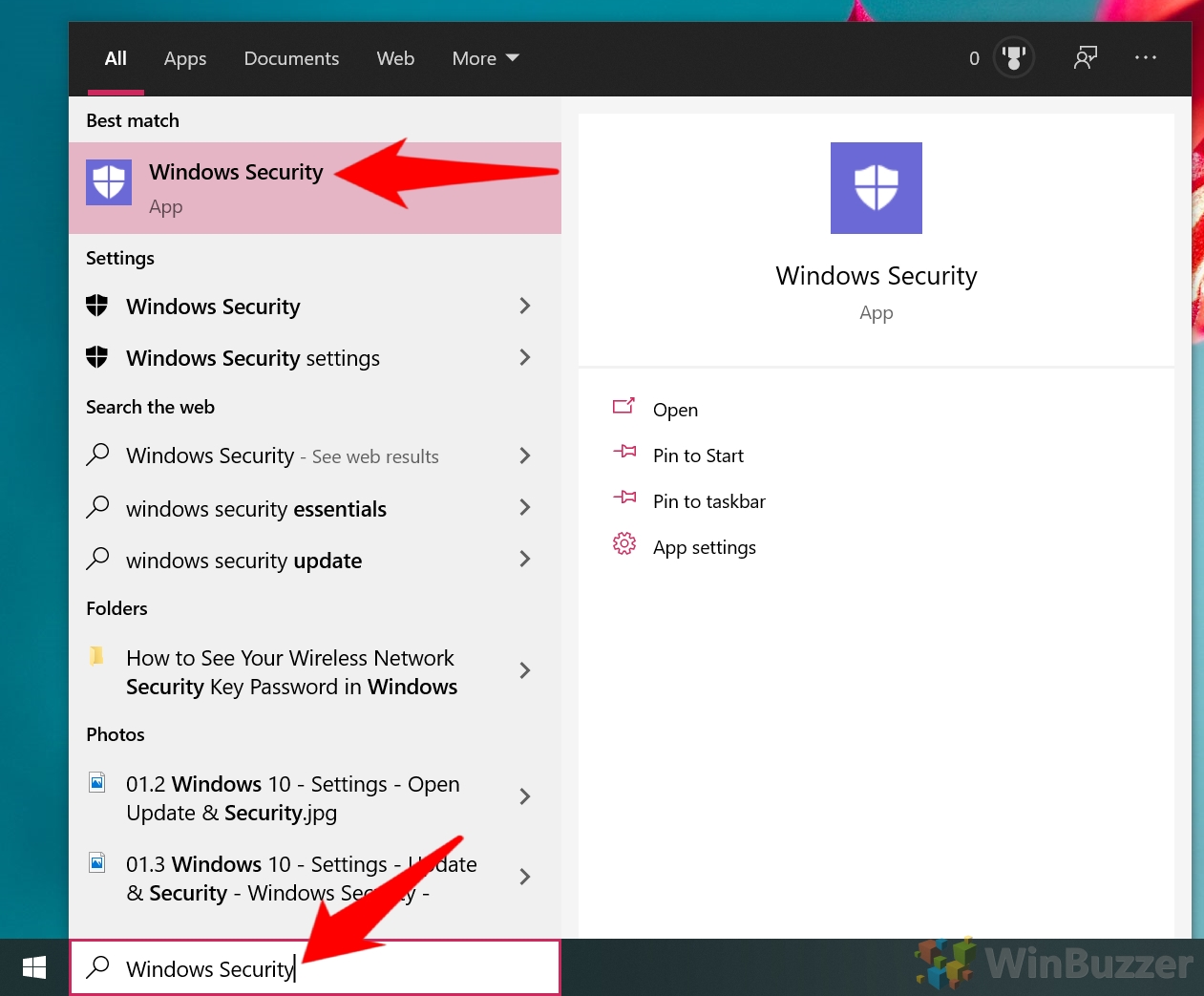Windows Security is an important bundle of different protections that helps to prevent malware, ransomware, and other attacks. However, there are times where its features can be enabled or disabled when you don’t want them to be. Such is often the case with Tamper Protection in Windows 10.
What is Windows Security Tamper Protection for Windows 10?
Windows Security Tamper Protection was first introduced in the May 2019 update and is designed to prevent other scripts or software from making unauthorized changes to your Windows Security configuration.
This is an important setting for many users, as a malware’s first point of call after infection is often to disable your anti-virus so it can make further changes undetected. However, it does not prevent attacks by an app with administrator access and can also cause some issues for power users.
As Tamper Protection only allows changes to be made directly in the Windows Security app, your options to modify settings are limited. If you typically manage your security settings through PowerShell, Command Prompt, or another program you’ll likely be unable to.
The good news, however, is that turning Tamper Protection on or off in Windows 10 is quite easy. All it takes is a quick toggle in your Windows Security app and you’re on your way. To avoid any confusion, we’ll be showing you exactly how to do so:
How to Disable Windows Security Tamper Protection
Before you disable tamper protection, you should know the risks. Doing so will leave you more vulnerable to malware, which may be able to make changes to your configuration settings to turn off your anti-virus, enable rootkit installation, and more.
As a result, we don’t recommend that most users turn this setting off. You should only really adjust Windows Defender Tamper Protection if you need to make changes through the command line. Even then, it’s probably best practice to disable it only temporarily. Here’s how you can do that:
- Open Windows Security
Press Start and then type “Windows Security“. Click the top result.
- Press “Virus & threat protection” in the sidebar and click “Manage settings”
- Scroll down to “Tamper Protection” and switch the toggle to off
Windows will inform you that doing so may leave your device vulnerable. Once Tamper Protection is off, you should be able to make changes to your security configurations immediately via the command line or other apps.
How to Enable Windows Defender Tamper Protection in Windows 10
If Tamper Protection is off in Windows 10 by default, you can enable it easily, so long as you’re on a recent version of Windows. Here’s how:
- Open Windows Security
Press Start and type “Windows Security”. Click the top result.
- Open the “Virus & threat protection” tab and click “Manage settings”
You’ll find the “Manage settings” button underneath the “Virus & threat protection settings” heading on the main screen.
- Toggle Windows Security Tamper Protection On
The changes will apply immediately, granting you enhanced protection.
Now you know how to turn Tamper Protection On or Off, but there are other security settings you may want to adjust. Follow our guides to learn how to turn Application Guard on or off and Disable SmartScreen.
Last Updated on February 14, 2022 7:43 pm CET by Markus Kasanmascheff










